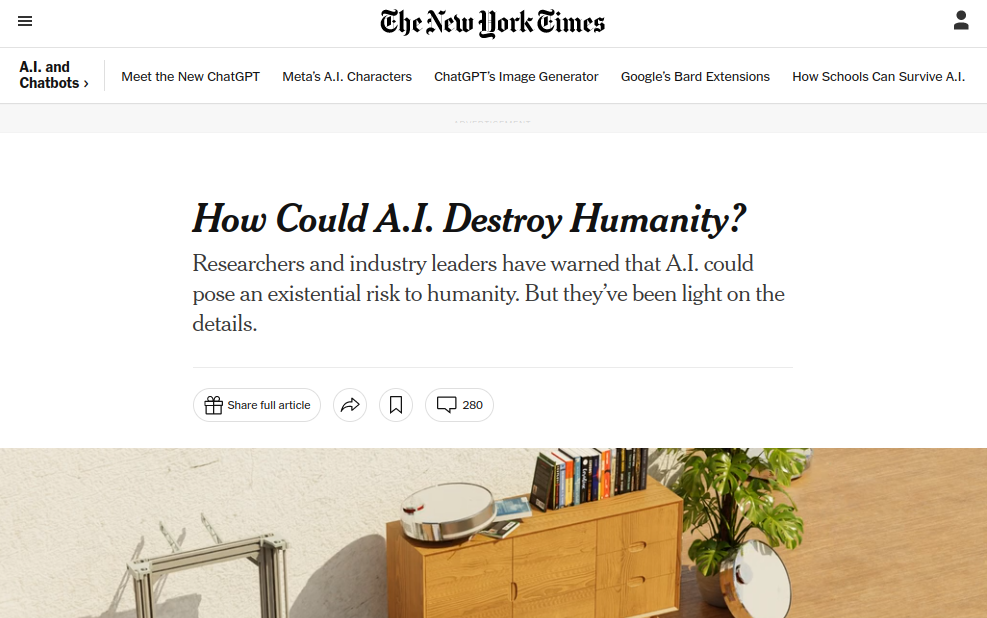AI & Publishing
A Categorization Structure for Understanding AI in Publishing Workflows


https://upstream.force11.org/an-initial-scholarly-ai-taxonomy/
What the world worried about...

AUTHORSHIP
What the SCHOLARLY PUBLISHING world worried about...

"Large Language Models (LLMs), such as ChatGPT, do not currently satisfy our authorship criteria. Notably an attribution of authorship carries with it accountability for the work, which cannot be effectively applied to LLMs."
https://www.nature.com/nature-portfolio/editorial-policies/ai
authorship
FACTS
(HALLUCINATIONS)
What the SCHOLARLY PUBLISHING world worried about...

"So, use ChatGPT at your own peril. Just as I would not recommend collaborating with a colleague with pseudologia fantastica, I do not recommend ChatGPT as an aid to scientific writing."
ChatGPT: these are not hallucinations – they’re fabrications and falsifications
Robin Emsley
https://www.nature.com/articles/s41537-023-00379-4
collaborating with a colleague with pseudologia fantastica
So, use ChatGPT at your own peril.
TRUST
What the SCHOLARLY PUBLISHING world worried about...

- Extract
- Validate
- Generate
- Analyse
- Reformat
- Discover
- Translate
An Initial Scholarly AI Taxonomy
-
Extract: Identify and isolate specific entities or data points within the content.
-
Validate: Verify the accuracy and reliability of the information.
-
Generate: Produce new content or ideas, such as text or images.
- Analyse: Examine patterns, relationships, or trends within the information.
- Reformat: Modify and adjust information to fit specific formats or presentation styles.
- Discover: Search for and locate relevant information or connections.
- Translate: Convert information from one language or form to another.
An Initial Scholarly AI Taxonomy
-
Extract: Identify and isolate specific entities or data points within the content.
-
Validate: Verify the accuracy and reliability of the information.
-
Generate: Produce new content or ideas, such as text or images.
-
Analyse: Examine patterns, relationships, or trends within the information.
-
Reformat: Modify and adjust information to fit specific formats or presentation styles.
-
Discover: Search for and locate relevant information or connections.
- Translate: Convert information from one language or form to another.
An Initial Scholarly AI Taxonomy
-
Extract: Identify and isolate specific entities or data points within the content.
-
Validate: Verify the accuracy and reliability of the information.
-
Generate: Produce new content or ideas, such as text or images.
-
Analyse: Examine patterns, relationships, or trends within the information.
-
Reformat: Modify and adjust information to fit specific formats or presentation styles.
-
Discover: Search for and locate relevant information or connections.
- Translate: Convert information from one language or form to another.
An Initial Scholarly AI Taxonomy
"This initial taxonomy outlined in this article can serve as a starting point for understanding how AI can contribute to publishing workflows. By quantifying AI contributions in this way, we can also discuss the ethical boundaries of AI-assisted workflows more clearly and help publishers make informed decisions about AI integration."
Our Conclusion
AI and Publishing
By Adam Hyde
AI and Publishing
- 625



